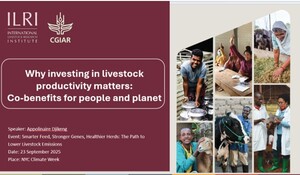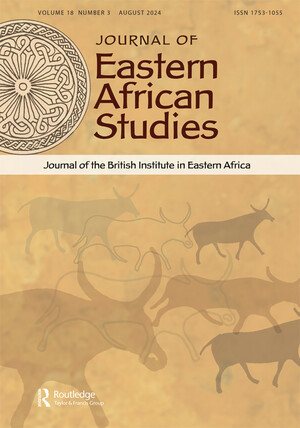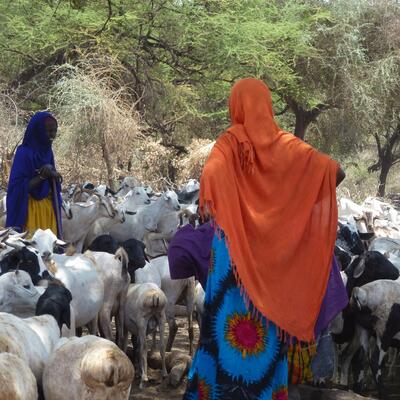
Natural resources in project pilot sites conserved and sustainably managed for the benefit of endemic ruminant livestock, ecosystem services, and human livelihoods
To what extent can community based land use planning and natural resource management be used sustainably? This is the question that this project focuses on. Natural resource management in this case will be two-fold. On the one hand it wll include the sustainable models for rangeland conservation and feed and water resource management. On the other hand, it will examine the broader habitat protection measures that include fire control, protection of forest resources, and recognition of the value of sustainable forest products and ecosystem services (e.g. water catchment/supply; non-timber forest products; fuel wood; biodiversity).
Activities will also address government policies and programs that can enhance habitat management of endemic ruminant breeds. In order to do this, activities must benefit from the participation and leadership of local populations and authorities and the establishment of locally adapted and adopted regulations on communal use of natural resources, requiring the implementation or the reinforcement of systems of training, education and support of the populations in implementing community management and essential activities for habitat conservation. Some the issues to be addressed include: 1) Determination of critical natural resource indicators through community workshops in order to monitor the effectiveness of NRM activities. 2) Analyze systems evolution – including land use changes, vulnerability due to socio-economic, markets, climate and land use change, ruminant livestock carrying capacities, and transhumance patterns/trends to identify pro-poor natural resource management options and better target interventions. 3) Characterize/document existing NRM practices, including impacts on the habitats of the prevalent livestock breeds. 4) Assess forage resources and feed markets in the project sites to identify feed options for improved productivity of the endemic livestock. 5) Undertake community level action research to pilot NRM options, technological and institutional interventions and arrangements. 6) Train local people and extension staff in methods for measuring and assessing forage resources using participatory GPS mapping. 7) Develop appropriate resource management models/frameworks at pilot sites. OBJECTIVES
- To develop and test models with stakeholders for community–based land use planning and natural resource management to contribute to better management of ecosystems where endemic ruminant livestock are important.
- To strengthen the capacities of relevant actors to promote sustainable management of livestock and their habitat and managing resources for the optimal productivity of the endemic livestock in an environmentally friendly way.


















